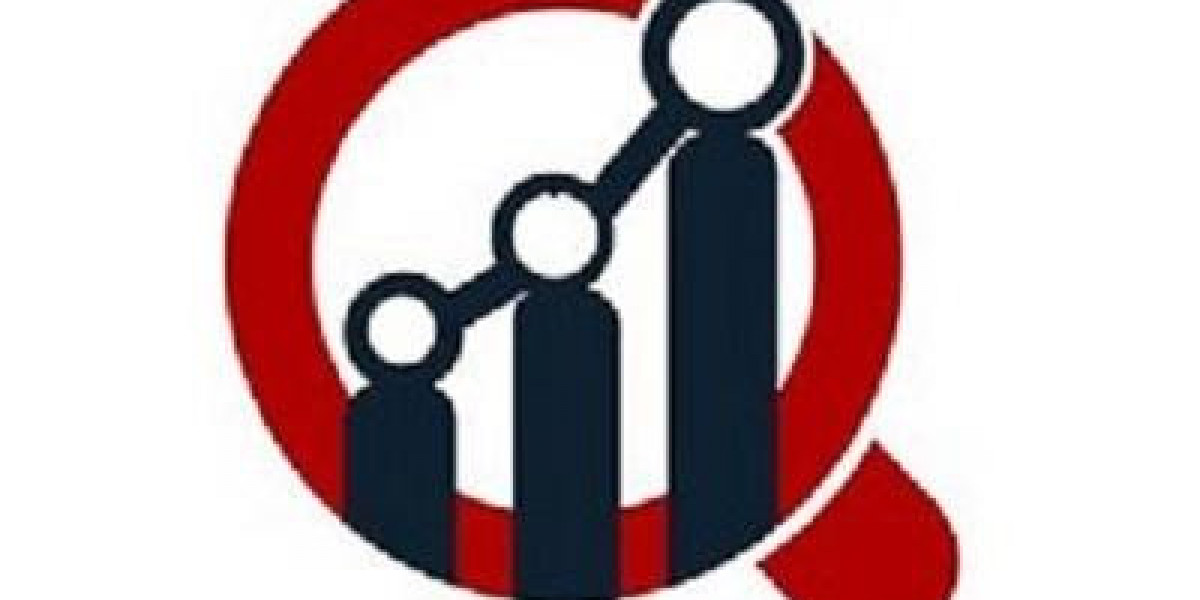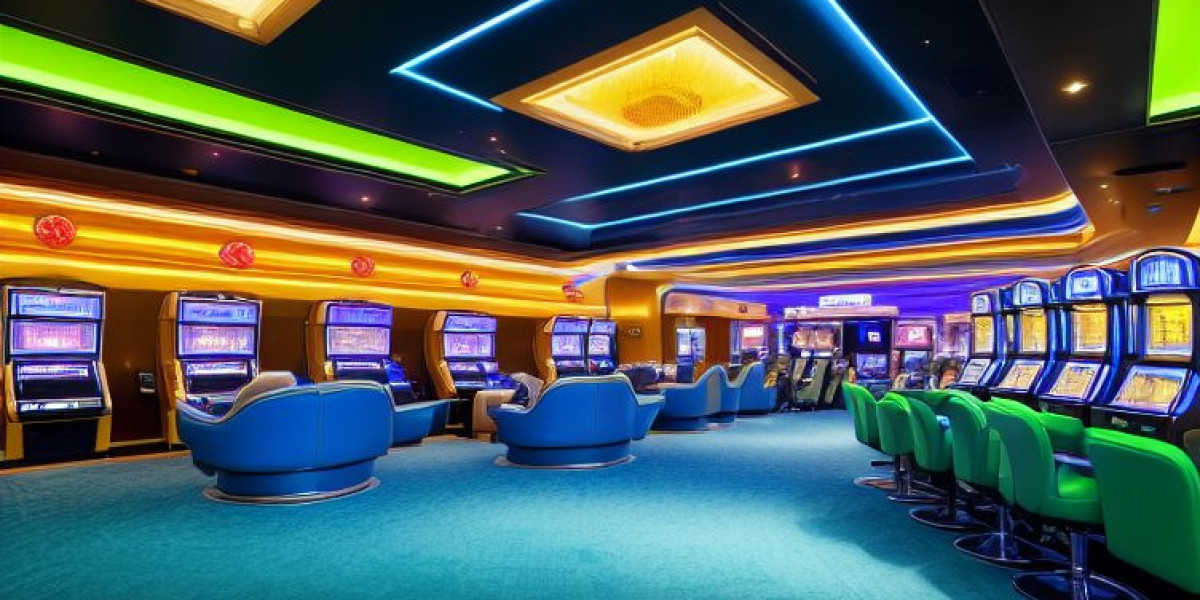The ability to safely tow a trailer or caravan relies on the expertise and precision of a specialized global industry. The Automotive Tow Bar Industry comprises the companies that design, engineer, manufacture, test, and distribute the robust tow bars and associated electrical systems fitted to millions of vehicles worldwide. As of late 2025, this industry is characterized by a strong focus on safety standards, vehicle-specific engineering, and advanced manufacturing processes. It's a competitive landscape where established European players often lead in technology and brand recognition, but strong regional manufacturers also play a vital role, especially in large markets like North America and increasingly, Asia.
The Key Players: Global Leaders and Regional Specialists
The industry supplying tow bars, particularly to the European OEM and aftermarket (which often sets global trends), is led by several key players known for their engineering prowess and comprehensive product ranges:
Brink Group (Netherlands, formerly Thule Towing): A major global leader, particularly strong in Europe. Known for its wide range of fixed, detachable, and retractable tow bars, and its close relationships with OEMs.
Westfalia-Automotive (Germany): Another iconic European brand and a pioneer in tow bar technology, especially detachable systems. They have a huge OE and aftermarket presence globally.
Bosal (Belgium): A large automotive components manufacturer with a significant division focused on towing systems, offering a wide range of products for the OE and aftermarket.
Oris (ACPS Automotive - Germany): A key player, especially known for its advanced retractable and fully electric tow bar systems supplied to premium automakers.
In North America, the "trailer hitch" market has its own set of leaders, such as CURT Manufacturing and B&W Trailer Hitches, often focusing on receiver-style hitches prevalent in that market.
The Indian Context: The organized tow bar industry in India is smaller but growing. While global brands are available through importers or distributors, there are also domestic manufacturers catering primarily to the aftermarket, often focusing on robust, fixed tow bars suitable for popular SUVs and LCVs used for utility and agricultural purposes. Companies involved in automotive fabrication and accessories often play a role. The OE fitment in India is less common than in Europe but is increasing as lifestyle vehicles gain popularity.
Industry Structure and Manufacturing
Design and Engineering: This is a critical stage. Each tow bar must be custom-designed to fit the specific mounting points and chassis structure of a particular vehicle model and year. Engineers use CAD and Finite Element Analysis (FEA) to ensure the design can withstand the significant forces involved in towing (pulling, braking, vertical load) and meet stringent safety regulations (like ECE R55 in Europe).
Manufacturing: The process typically involves:
Cutting and forming heavy-gauge steel tubes and plates.
Precision robotic or manual welding to assemble the main structure.
High-quality surface treatment (e.g., e-coating, powder coating) for corrosion resistance.
Assembly of mechanical components (for detachable/retractable systems).
Rigorous quality control and load testing.
Wiring Kits: A crucial part of the industry involves producing vehicle-specific wiring kits. These kits safely connect the vehicle's electrical system to the trailer socket, ensuring lights, brakes (if applicable), and other functions work correctly. Modern kits often integrate with the vehicle's CAN bus system and safety features like Trailer Stability Program (TSP).
Distribution and Installation: Products are distributed through automotive parts wholesalers, specialist retailers, and online channels. Installation is often performed by specialist tow bar fitting centers, garages, or dealerships, requiring technical expertise to ensure safe mounting and correct electrical connections.
Challenges and Focus Areas The industry continually focuses on meeting diverse global regulations, managing the complexity of vehicle-specific designs, integrating seamlessly with complex vehicle electronics (especially ADAS sensors often located in bumpers), reducing weight through optimized designs or new materials (though steel remains dominant for strength), and developing solutions for the unique challenges of towing with electric vehicles.
Frequently Asked Questions (FAQ)
Q1: Who are the major global manufacturers of automotive tow bars? A1: The global industry, particularly influential from the European market, is led by major companies such as Brink Group, Westfalia-Automotive, Bosal, and Oris (ACPS Automotive). North American leaders in trailer hitches include CURT and B&W.
Q2: What is ECE R55 regulation? A2: ECE Regulation 55 is a United Nations standard, widely adopted in Europe and many other countries (though specific adoption may vary), that specifies the technical requirements and testing procedures for mechanical coupling devices like tow bars and trailer hitches to ensure their safety and interoperability. Type approval to R55 is often required for legal sale and use.
Q3: Why are vehicle-specific wiring kits important? A3: Modern vehicles have complex electrical systems (CAN bus). A vehicle-specific wiring kit is designed to plug into the car's existing connectors safely, without cutting wires. It ensures the trailer lights work correctly and integrates properly with safety features like parking sensor deactivation, fog light cutout, and Trailer Stability Program (TSP), avoiding electrical faults or damage. Universal kits often bypass these integrations.
Q4: Is the tow bar manufacturing process automated? A4: Many parts of the process, such as robotic welding and surface coating, are highly automated in large-scale manufacturing plants. However, depending on the complexity of the tow bar and the specific factory, some assembly and finishing steps might still involve manual labour. Design and testing rely heavily on computer-aided engineering (CAE).
More Related Report
Automotive Lighting Market Trends
Commercial Vehicle Telematics Market Trends













